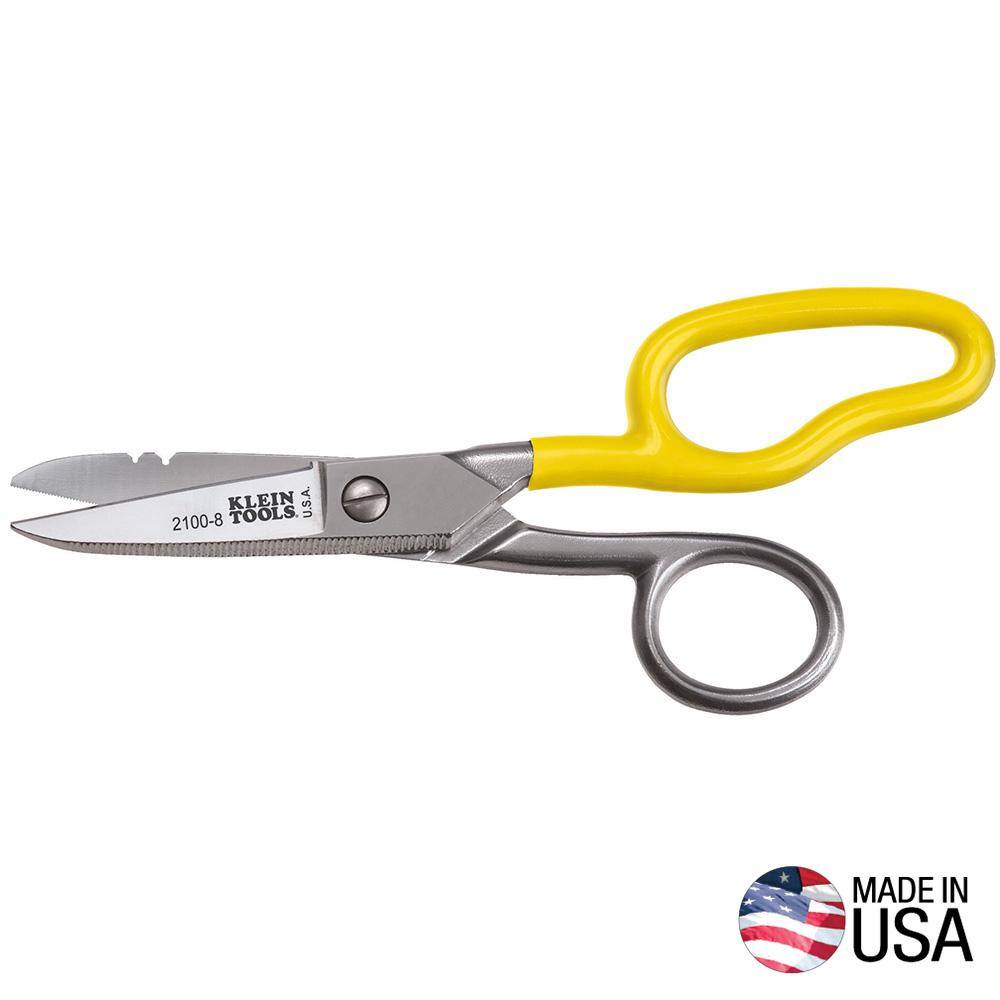I have been terminating cable since my Teens. I am an old Telephone/Cabling Guy... The Pass Through's came out due to CAT6 needs the twist all the way to the end of the connector. I have worked with CAT1 (yes almost zero twist), CAT3,
CAT5, CAT5e, CAT6, but not CAT7 or 8 yet. I am Semi-Retired

But still terminate everyone's cable runs for them, family/friends. There were days I/we would terminate a 1000 cables (both ends patch panel to jack/block) in a day. Anyway, so for anyone reading this and running CAT6 cable, be sure to use these connectors and bring the twist all the way to the end:
View attachment 78831View attachment 78830
I am Old School, I personally don't like these connectors. Butting up the cable inside a connector with final crimp, in my opinion, is a better termination. Maybe I am wrong but cutting the cable after a crimp I just am not comfortable with, it may be fine as long as the crimp is tight. But I will use these for CAT6, there is no way I could bring the twist to the end without these connectors...
When buying your connectors be aware there are different types:
Stranded
Solid
Shielded
Un-Shielded
View attachment 78833
On this note, we have found using a Solid Connector when you have Stranded Cable will not crimp properly and visa versa. You usually can tell by looking into the connector and seeing square holes or round holes where the wires go. Plus some connectors, depending on the manufacture, will have a smoky tint to tell the difference...
Also when making up Patch Cables, these
Boots are easy to add:
View attachment 78832
HTH








